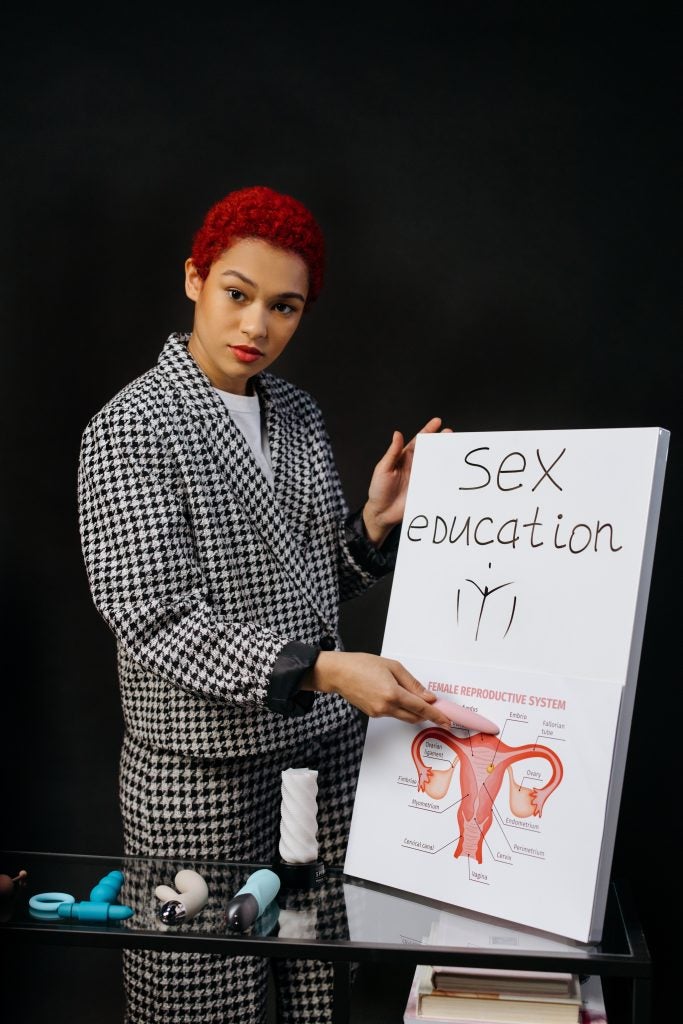So, you’re teaching a sexual health education course…

Sexual education is an important area of study, but teaching it the correct way can be challenging. When implemented correctly, sexual education can be crucial in preventing teenage pregnancy, negative stigmas towards sex, and the spread of sexually transmitted infections. Below is a list of helpful tips to keep in mind while teaching a sexual health education course:
Do Be

- Open-minded
- Your students will likely come from all walks of life and may identify with different genders or sexual understandings. Express your open-mindedness so that your students feel comfortable opening up to you.1
- Sincere with your students
- Express to them when you are uncomfortable, share with them experiences if appropriate, and make yourself relatable.1
- A good listener
- They will likely have plenty of questions and concerns! Let them know that it is okay to ask questions and bring up concerns throughout the class.
- Respectful of your students’ privacy
- Some of your students may have had sad, emotional, or even traumatic experiences related to some of the topics in your lesson plan. For this reason, no student should ever be required to discuss their sexual lives and experiences, regardless of the age group.
- Involving of others
- It is important to involve parents, community leaders, faculty, and student leaders as early in the process as possible. Partnering with other teachers can also be beneficial.2
- Diverse
- It can be helpful to employ a variety of teaching methods to cater to students that may learn differently.2
Don’t

- Impose your beliefs on your students
- Despite what you believe and practice, stick to the lesson plan! Students deserve a full, comprehensive understanding of topics before they make their own decisions about what to believe.1
- Rush
- Take your time! Allow several minutes for questions in between topics, and make sure students feel comfortable with the pace of the course. Review any material they do not fully understand.3
- Make a joke of it
- While it may relieve awkwardness to act silly or make light of certain topics, remember that sexual health education directly impacts your students’ lives. A few light-hearted stories are welcome, but a mature and open tone is more appropriate than a goofy one.
- Be nervous
- Remember that most of your students will also be uncomfortable. Prepare your material, know it well, and walk into the classroom confidently.3
Try and keep these tips in mind when teaching your own sexual education course. Remember the importance of the subject and that you are doing an important job teaching your students this information. Good luck!
References
- Alford, Sue. “Sex Education Programs: Definitions & Point by Point Comparison.” Advocates for Youth. N.p., n.d. Web. 11 Oct. 2016.
- Parenthood, Planned. “Implementing Sex Education.” Implementing Sex Education. N.p., 10 May 2014. Web. 11 Oct. 2016.
- Bridges, Emily. “Youth Health and Rights in Sex Education.” Future of Sex Education. N.p., May 2014. Web. 11 Oct. 2016.
Last Updated 5 November 2016.
